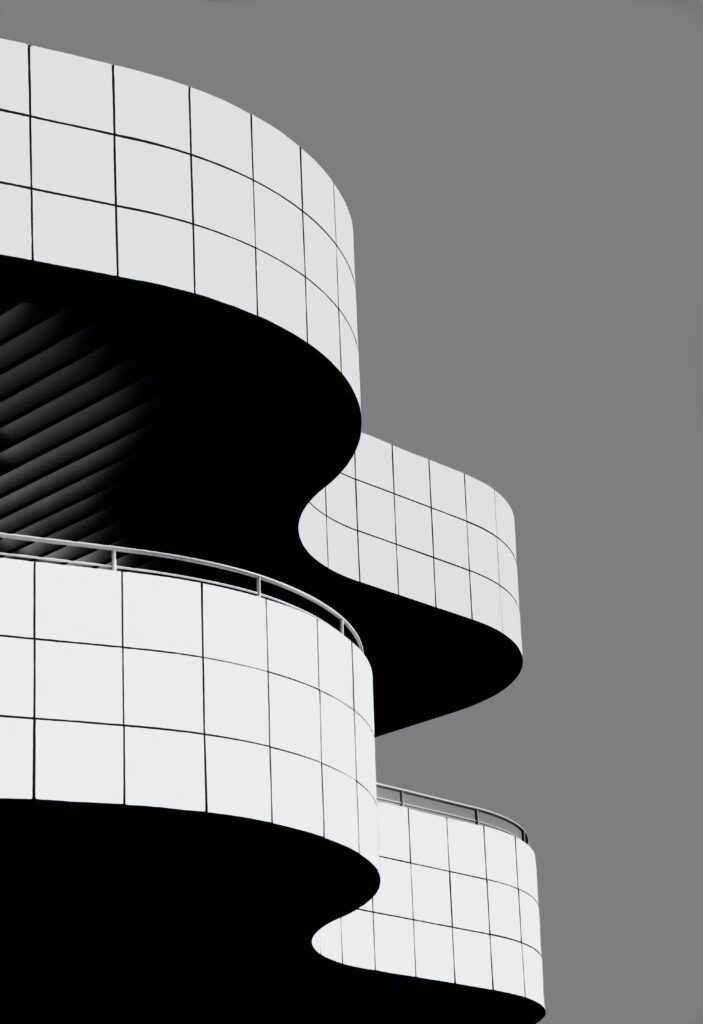
Image 1. The Getty Center, Los Angeles, CA, USA. Photo from Unsplash.
Architecture is an artistic and functional expression that significantly influences our daily lives. It is so much more than a simple arrangement of structures and spaces. As a discipline, it constantly seeks ways to transform the built environment with memorable sensory experiences. When we talk about sensory architecture, this perspective becomes even more relevant.
Sensory architecture uses human senses as a means to create profound connections between people and the spaces they inhabit. As such it explores light, sound, textures, smells and even temperatures to impact people’s perception and interaction with the environment. These kinds of architectural works do not seek to satisfy functional needs. Instead, they aim to awaken emotions, stimulate the imagination and enrich our quality of life.
In this article, we will embark on an exciting journey with examples of architectural projects that have taken sensory architecture to extremes. We will discover how these projects have been able to transcend the visual. The result is an immersive experience that stimulates all five senses.
Serpentine Gallery – London, United Kingdom
Every year, the prestigious Serpentine Gallery in London commissions a renowned architect to create an ephemeral structure that celebrates diversity and inclusion. In 2021, the Counterspace architecture studio created an exceptional design made with reclaimed steel, cork and wood covered with microcement. The various textures used were visible to visitors. Similarly, the pink and brown tones were a nod to London’s traditional architecture. It also highlighted changes in the quality of the light. As well as being visually striking, the display invited visitors to interact with the textures of the tables. The aim was to stimulate visitors’ touch, encouraging them to reflect on the importance of sustainability and community.
The structure incorporated recycled picnic tables from different London neighbourhoods. These were later returned to local communities in a symbolic act of regeneration and participation. The project illustrates how sensory architecture can serve as a catalyst for dialogue and reflection in society. Thus, creating more immersive spaces helps to create a feeling of empathy in visitors.
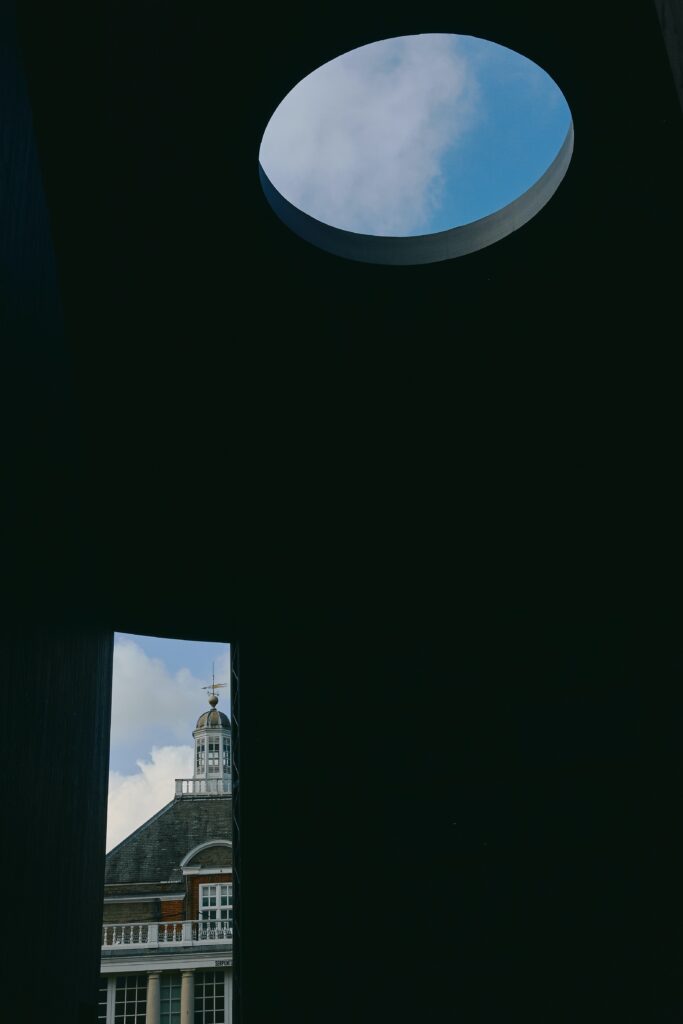
Image 2: photo taken through the window of the Serpentine Gallery in London, United Kingdom. Photo from Unsplash.
Tate Modern Art Gallery – London, United Kingdom
London’s Tate Modern Art Gallery was recently renovated by widely-acclaimed architects Hergoz & de Meuron. The refurbishment includes an impressive reading room with a wavy skylight. This ceiling aperture plays with natural light, allowing it to flow dynamically throughout the day. Consequently there is an atmosphere of constant change, improving the museum experience. As they enter the room, visitors are immersed in a unique connection between art and light. This play on light enriches people’s appreciation of the artworks. With the use of sensory architecture, Hergoz & de Meuron have turned a museum into a piece of art in itself. As a result it manages to transcend its purpose of accommodating artworks. They have created a museum where the architecture serves to take art appreciation to a whole new level.
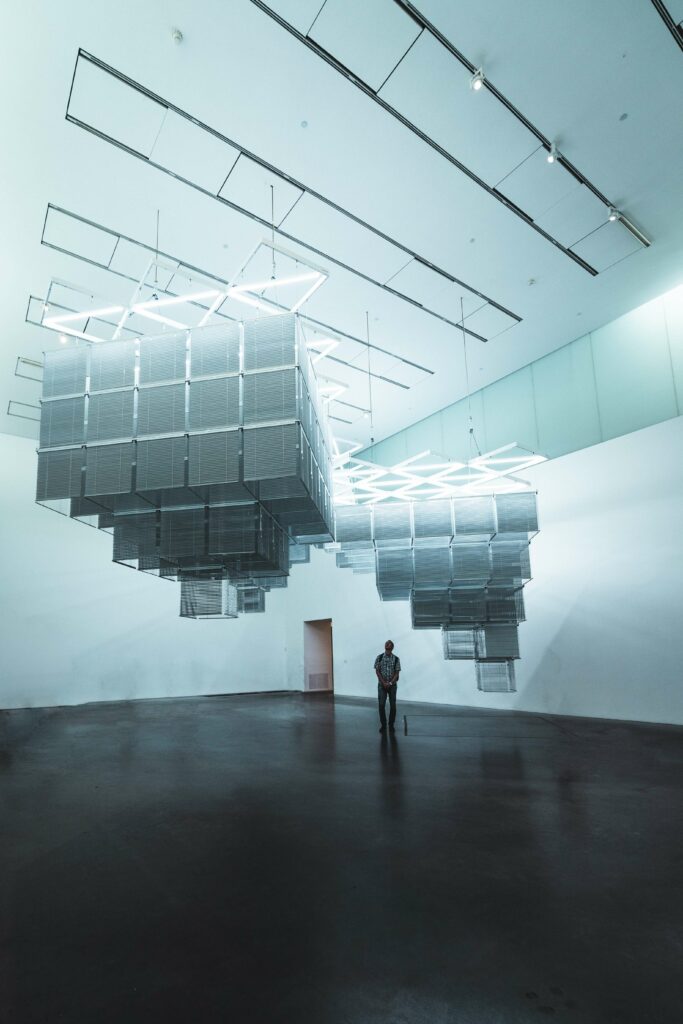
Image 3: inside the Tate Modern Art Gallery in London, United Kingdom. Photo from Unsplash.
The Scent Tunnel – Tokyo, Japan
The Scent Tunnel in Tokyo was designed by architect and artist Héctor Esrawe. It is an intriguing example of how architecture can implicate our sense of smell. The work consists of a wooden tunnel each section of which is impregnated with different scents. The smells range from wood to grasses and flowers. Visitors have the opportunity to walk through the tunnel and experience a series of aromas that invoke memories and unique emotions. Such feelings can also be inspired by a space that simply focuses on the visual. However, by adding smells, the experience becomes much more intense and exciting.
La Casa Milà (La Pedrera) – Barcelona, Spain
The Casa Milà was designed by the incomparable architect Antonio Gaudí. Its curved balconies and the organic shapes of its facade were created using natural materials such as stone and ceramics. The result is a setting that is constantly changing. Since 2018, the Casa Milà has become a space that uses sensory architecture. Accordingly, an immersive audio guide has been created for visitors. The guide is closely linked to nature in keeping with Gaudí’s main inspiration for creating his masterpiece.
So when visitors tour the space they can listen to the heartbeat of an animal as they enter the attic. The sensation is that of being inside the animal itself. They can also feel the earthly forces of nature as they walk on the rooftop.
Therefore the audio guide provides a far more immersive experience, strengthening the original intention of its creator. In this way visitors can gain a greater understanding of the artist’s intention as they pass through the rooms.
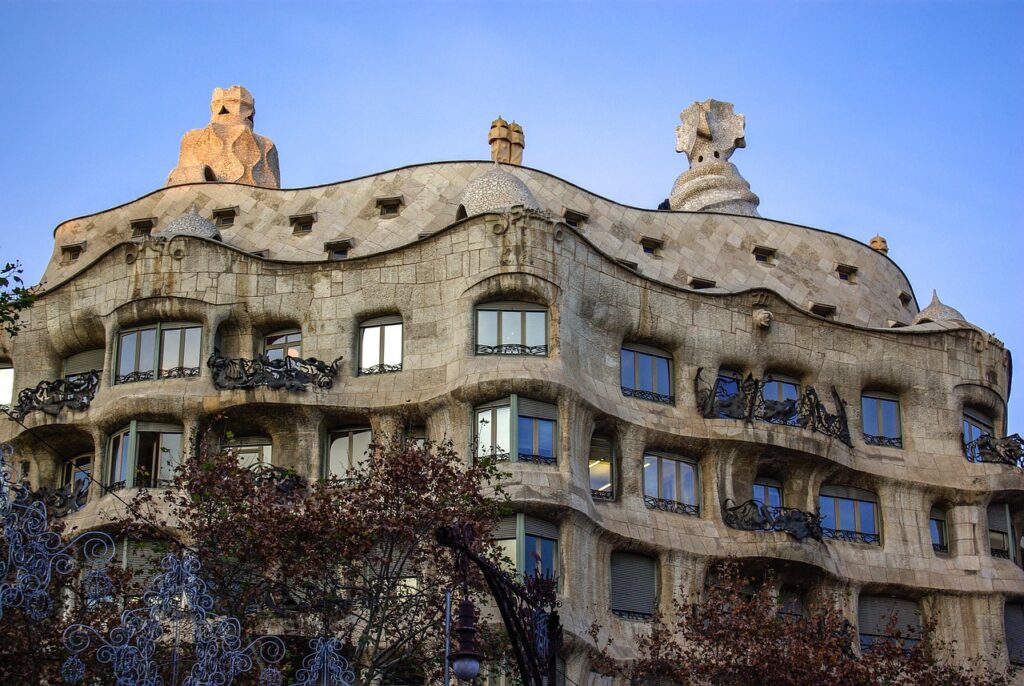
Image 4. Facade of the Casa Milà in Barcelona, Spain. Photo from Pexels.
The Eden Project – Cornwall, United Kingdom
This impressive project uses greenhouse structures to create microclimates that host a variety of plants from all over the world. Visitors can experience unique temperatures and different degrees of humidity in these biomes. Therefore they are able to immerse themselves in atmospheres that range from tropical jungles to the desert. The project is a living testimony to how sensory architecture can transport us to distant places. It also offers a greater appreciation for the diversity of our planet.
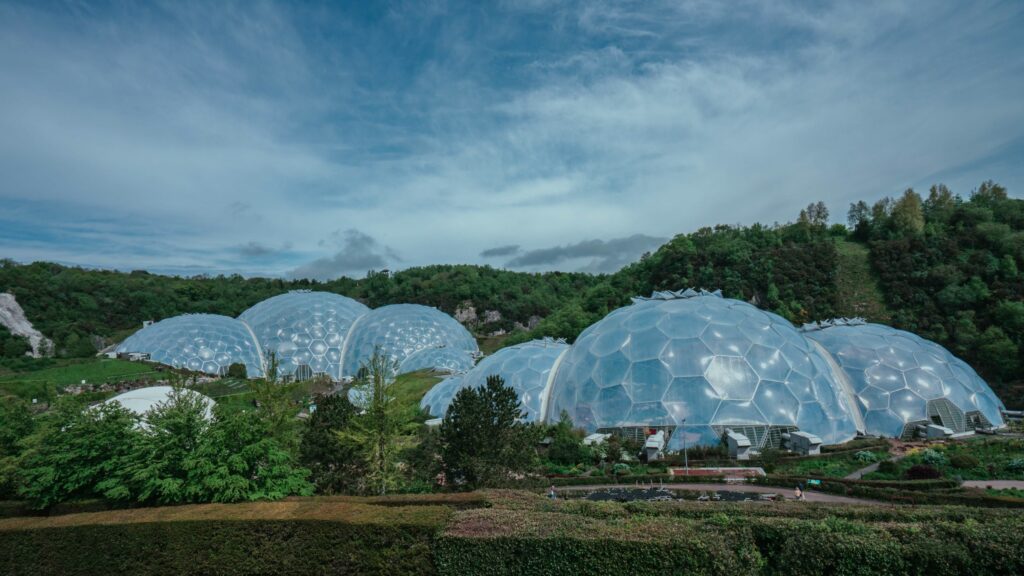
Image 5. Photo of the Eden Project in Cornwall, United Kingdom. Photo from Unsplash.
Sensing Spaces Exhibition – London, United Kingdom
The Sensing Spaces exhibition invited renowned architects to create installations that emphasise the importance of sensory aspects in architecture. Each installation was an immersive experience that challenged traditional perceptions of space. Thus, visitors could explore how senses affect their relationship with the built environment. The exhibition provided the perfect example of how sensory architecture as a work of art can inspire reflection and creativity its visitors.
All of these examples show how architects and designers can use architecture to create memorable experiences through human senses. Sensory architecture transcends the visual, becoming a dance that uses all five senses to excite and amaze. These inspiring projects challenge the limits of creativity. They also show the infinite potential of architecture to impact our perception of the world.
In short, sensory architecture is an exciting journey, transforming our spaces with memorable experiences that touch all our senses and emotions.

